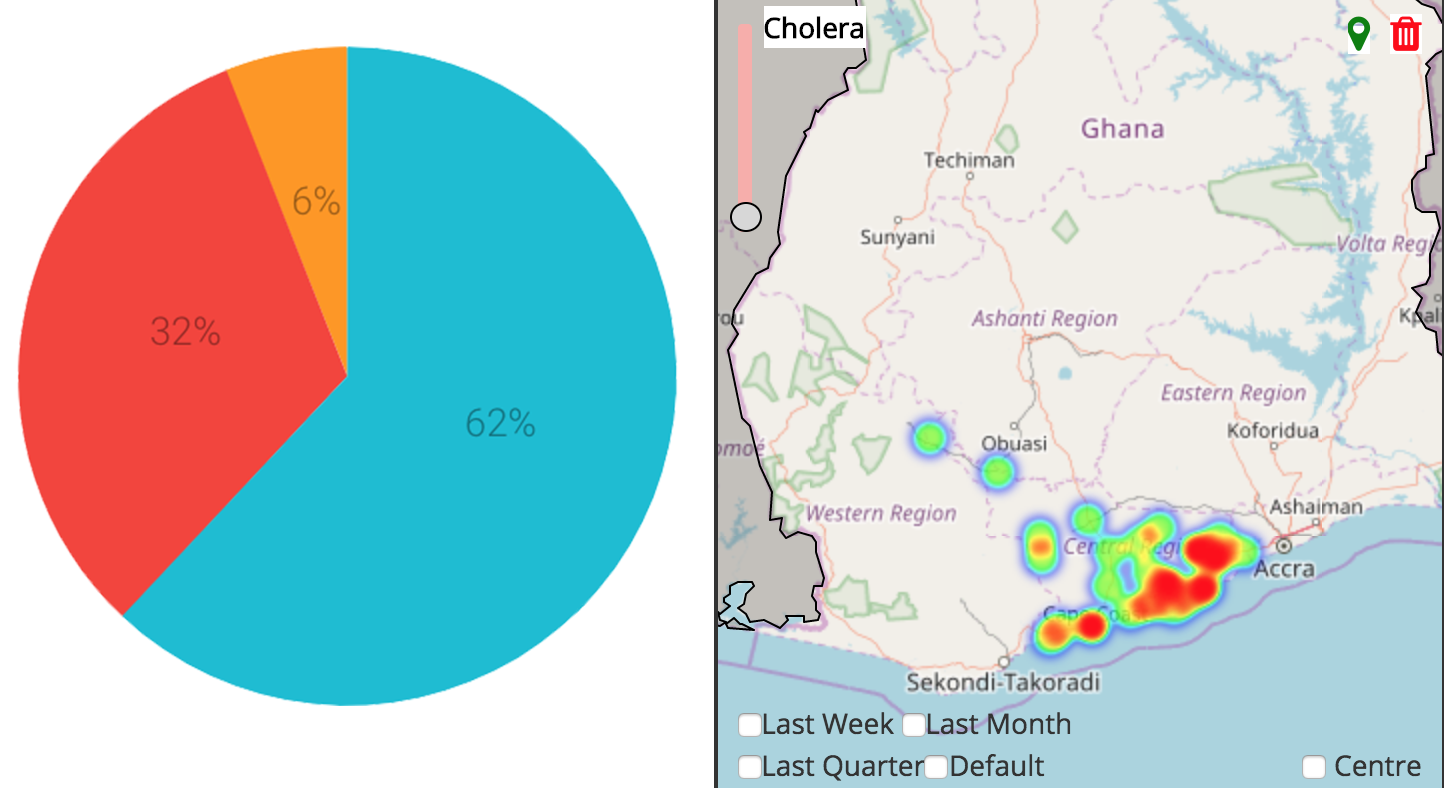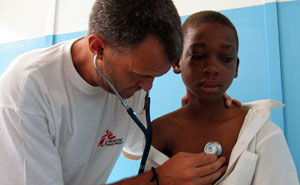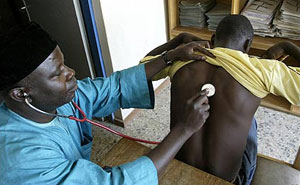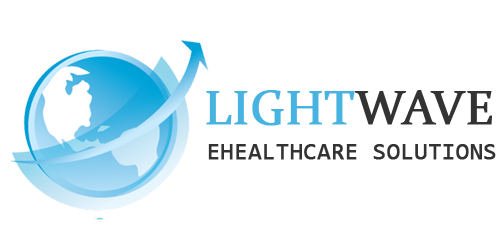Disease Surveillance
In addition to design and implementation, LWHS is expert in the evaluation of surveillance systems. LWHS approach to surveillance system evaluation is based on CDC methodology that has been developed over many decades of experience designing, implementing, and evaluating surveillance systems worldwide. In fact, by applying this evaluation framework during the design process, the quality and robustness of new surveillance systems are improved as well.
Communicable disease surveillance activities are developed to support national disease intervention programs as well as WHO initiatives including the Global Alert and Response (GAR) initiative. CDs remain a leading cause of morbidity and mortality across the world. While many of the diseases responsible for morbidity and mortality remain unchanged, in the last 10 years we have seen rapidly emergent zoonotic diseases, e.g. SARS, as well as antibiotic resistant forms of CD, e.g. multidrug resistant tuberculosis (MDRTB), that are presenting grave risk to people at the national and global levels. Effective surveillance systems can help countries detect and intervene in a timely fashion.

Chronic diseases are emerging as a major health threat around the globe. The LWHS approach to NCD surveillance supports the WHO STEPwise approach to Surveillance of NCD Risk Factors (STEPS). This enables NCD surveillance data to be compatible with WHO chronic disease assessments and provides the implementing country with the ability to benchmark itself compared with other countries. Why does LWHS believe a focus on NCD surveillance is important? In a recent Lancet article, it was noted that 23.4 million deaths (64%) across 23 countries were attributable to NCDs.
The promotion of employee health is critical to the development of industry and commerce. As nations experience rapid growth, especially if this includes the development of new industries, occupational health surveillance becomes critical to maintaining a healthy workforce. LWHS focuses on two fundamental surveillance strategies related to occupational health: medical screening and medical surveillance. Medical screening is a clinically focused activity that is patient-centric. LWHS brings deep expertise in the area of disease surveillance. Broadly speaking, LWHS categorizes its surveillance activities into: 1. Communicable disease 2. Non-communicable disease 3. Occupational health The development of a robust surveillance capability requires of a complex supply chain of people and technology that deliver timely and actionable data to support clinical and public health decision-making.

Effective public health surveillance, defined by the CDC in the MMWR, is the ongoing, systematic collection, analysis, interpretation, and dissemination of data about a health-related event for use in public health action to reduce morbidity and mortality and to improve health (1). Effective surveillance serves a number of health functions and LWHS systematically assesses a systems design and implementation to ensure these functions are robust (2)




